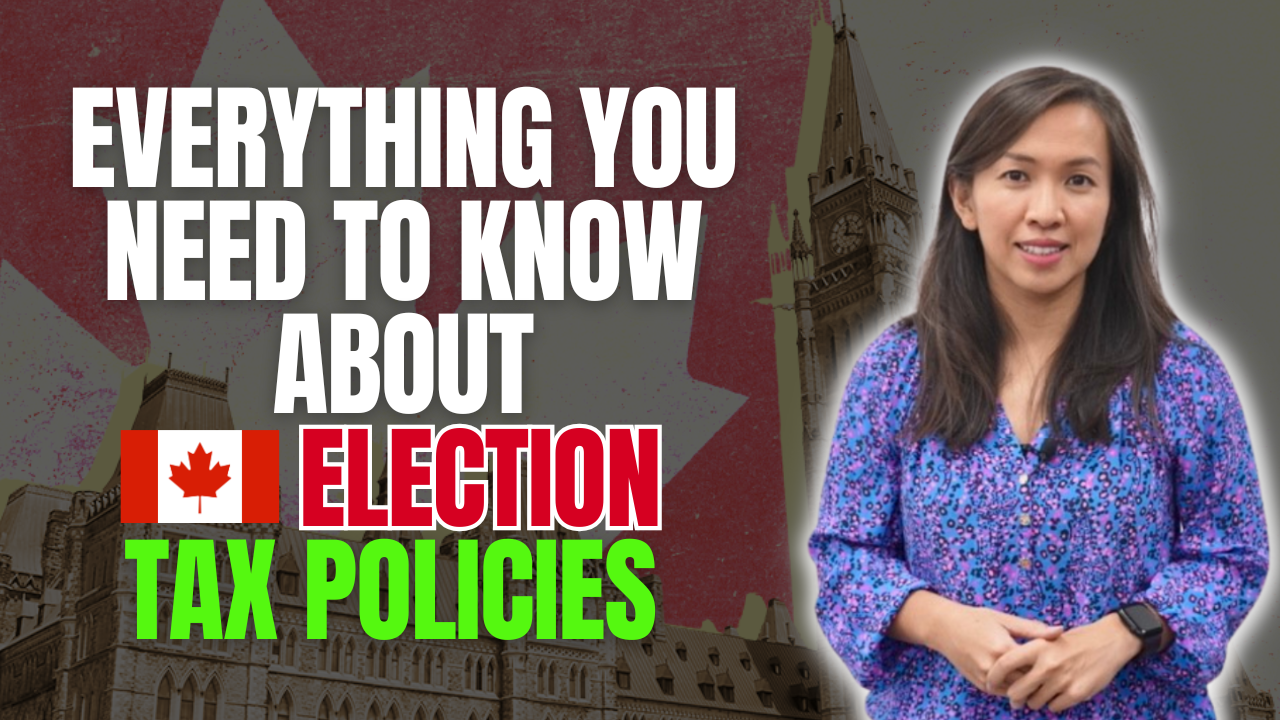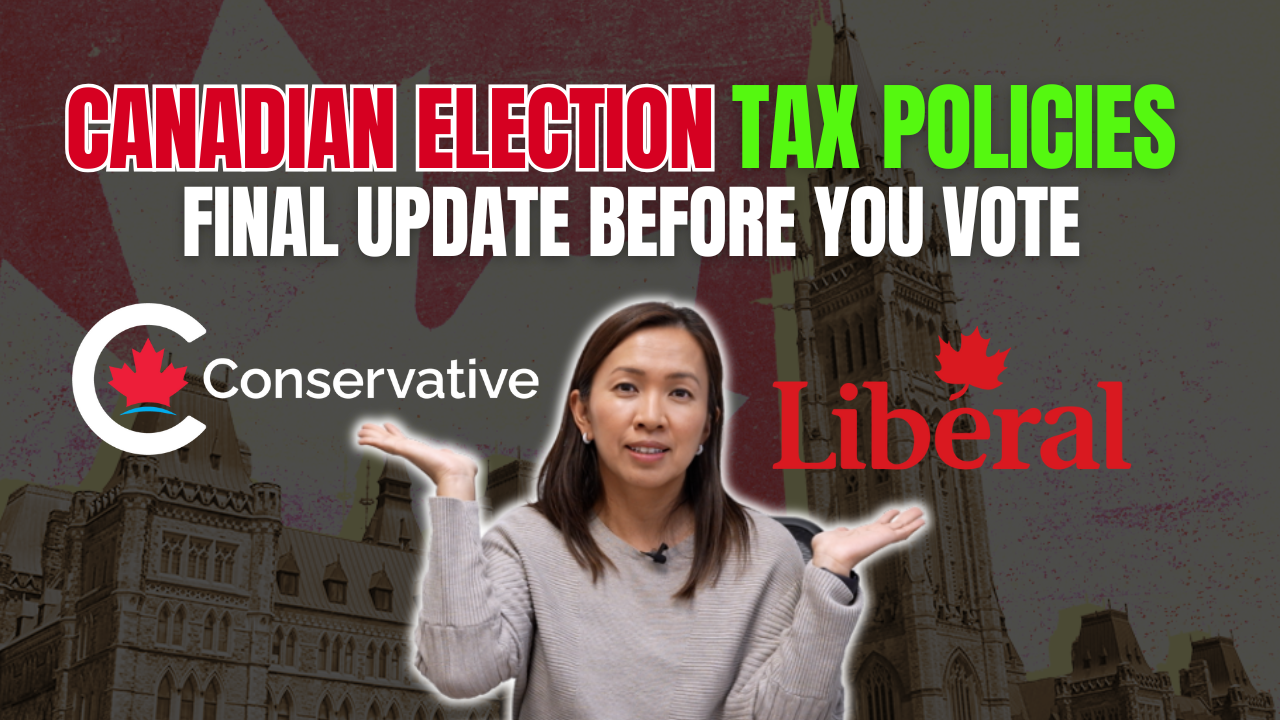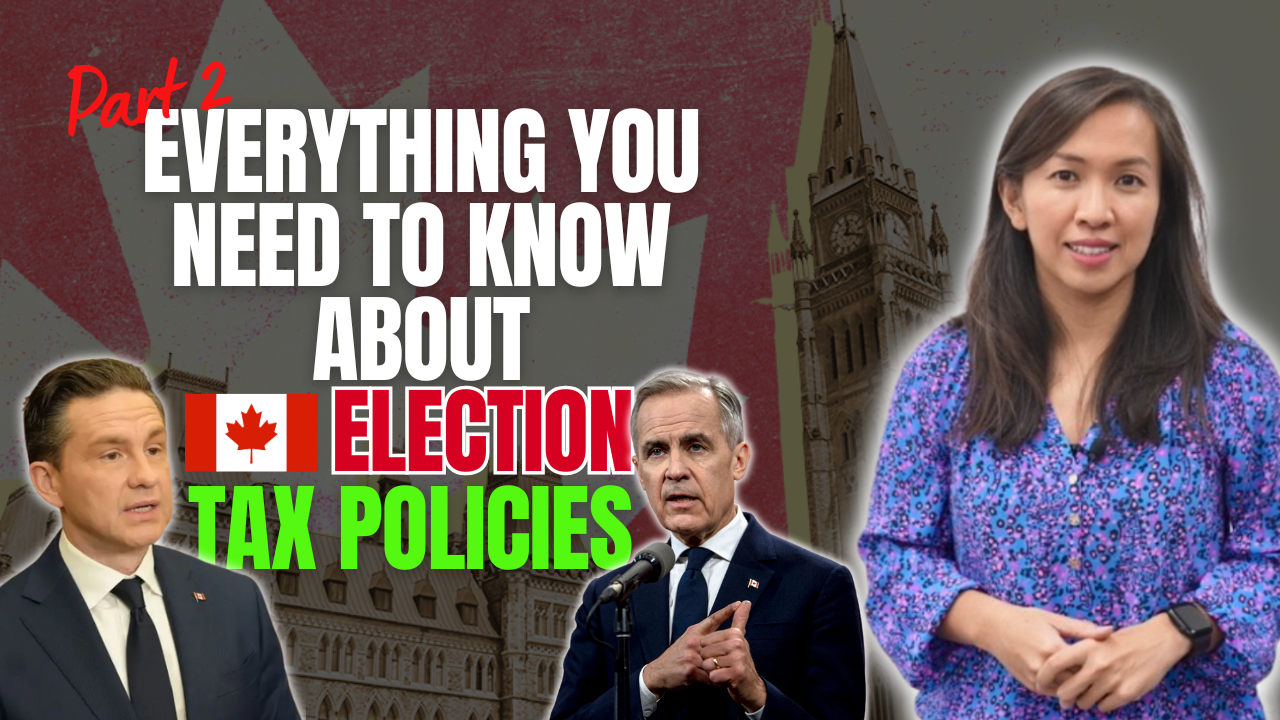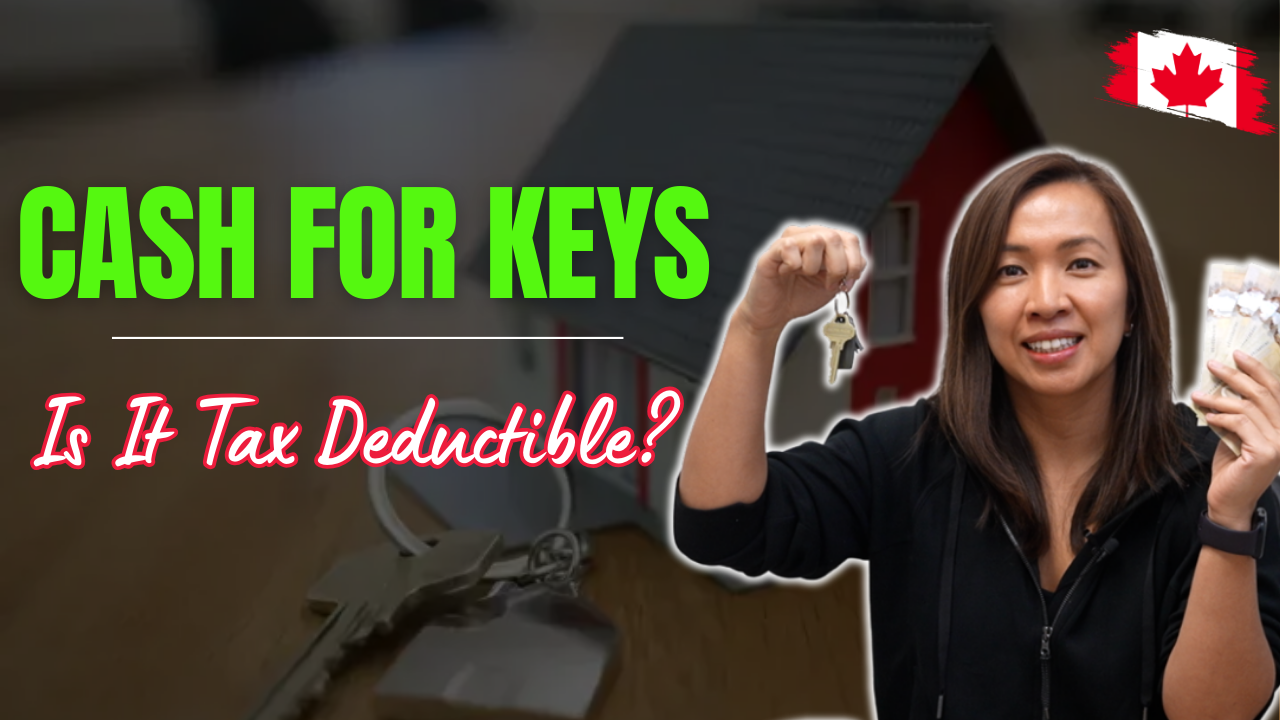The capital gains tax hike? Cancelled. But that’s just one part of the story.
With the federal election coming April 28, 2025, the major political parties have started rolling out their tax platforms. Some of these policies will impact your wallet more than others. But let’s take a step back first.
🎯 Tax Policy Is Just One Side of the Equation
Tax policy has the power to shape an economy. It can incentivize investment, reward innovation, or — when poorly designed — stifle growth and discourage risk-taking. It also signals a government’s philosophy: do they want to attract capital, or redistribute it? Are they trying to create jobs, or plug a deficit?
Take the capital gains inclusion rate proposal as an example. Increasing the inclusion rate from 50% to 66.67% may have sounded fair on paper — targeting wealthy individuals. But in reality? It demotivated entrepreneurs, scared off investors, and created uncertainty.
That proposal didn’t just fail politically — it stalled in Parliament, led to legislative gridlock, and helped trigger this election.
Today, we’re going to focus in on the tax policies that have been officially announced so far — with a breakdown of what each one means for you.
Let’s dive in.
1. Bottom Personal Income Tax Rate
Both the Conservatives and Liberals are proposing to lower the lowest federal personal income tax rate:
- Current Rate: 15% on your first ~$57,000 of taxable income (minus the Basic Personal Amount)
- Conservative Proposal: Lower it to 12.75%
- Liberal Proposal: Lower it to 14%
Here’s what the savings look like after deducting the Basic Personal Amount ($16,129 in 2025):
| Annual Income | Conservative Savings | Liberal Savings |
| $30,000 | $312 | $139 |
| $57,000 | $920 | $409 |
| $90,000 | $920 | $409 |
➡️ Everyone benefits on the first ~$57,000 of taxable income, minus the Basic Personal Amount. The more you earn, the smaller the relative impact — but the benefit is still real.
2. Capital Gains Inclusion Rate
Here’s a quick timeline of what happened:
- In Budget 2024 (April), the Liberals proposed raising the capital gains inclusion rate from 50% to 66.67%.
- It was supposed to come into effect on June 25, 2024.
- But the legislation never made it to Parliament — it wasn’t even introduced.
- Political backlash followed. The policy was widely criticized by business groups, investors, and professionals.
- Trudeau stepped down.
- Mark Carney became Prime Minister, and on March 21, 2025, he officially cancelled the proposal, calling it “ill-timed.”
Meanwhile:
- The Conservatives opposed the hike, but took some time to fully commit.
- Eventually, their opposition helped stall the government and force the election.
➡️ The policy is gone — but the trust damage remains. It was a Liberal idea that sparked national pushback.
3. GST on New Housing
- Conservative: Eliminate GST on new homes up to $1.3M (open to all buyers)
- Liberal: Eliminate GST on new homes up to $1M (only for first-time buyers)
Example: Buying a $1M new home
- GST = $50,000
- Under the Conservative plan: You save the full $50,000
- Under the Liberal plan: You save $50,000 only if you’re a first-time buyer
➡️ The Conservative version is broader — more inclusive, with a higher property threshold.
4. Senior Tax Relief
- Conservative: Increase tax-free income for seniors (65+) to $34,000
- Liberal: No change
Right now, everyone can earn $16,129 tax-free in 2025 due to the Basic Personal Amount (for incomes under $165,430).
This proposal adds an extra $17,871 in tax-free room for seniors.
- At 15%, that’s $2,681 in potential tax savings.
➡️ A meaningful boost for seniors on fixed incomes — especially those drawing from CPP, OAS, or part-time work.
5. Carbon Tax (Consumer + Industrial)
Let’s not forget — the Liberals created the federal carbon tax. They:
- Introduced the law
- Built the rebate system
- Hired thousands of CRA staff to manage it
Then in March 2025:
- Mark Carney used an order-in-council to temporarily reduce the consumer carbon tax to $0
- The legislation still exists — nothing has been repealed
Meanwhile:
- The Conservatives want to repeal the carbon tax completely — both for consumers and large industrial emitters
➡️ The Liberals paused it. The Conservatives want it gone. Big difference in long-term direction.
6. RRSP to RRIF Conversion Age
Under current rules:
- You must convert your RRSP to a RRIF by the end of the year you turn 71
- Withdrawals start at 72, and they’re taxable
The Conservative proposal would push this to age 73
➡️ That gives retirees 2 more years of tax deferral and flexibility to manage income streams.
Not massive — but helpful for those with large RRSP balances or timing retirement income.
So… What’s Missing?
These tax tweaks are fine. But from a national growth perspective — they’re not game changers.
Here’s what I believe Canada really needs:
- Infrastructure investment — roads, pipelines, energy grids
- Pipeline and LNG expansion — get Canadian energy to market
- Eliminate interprovincial trade barriers — the hidden tax costing us billions
- Support for small businesses — the real job creators
Both parties have floated some ideas:
- Conservatives have mentioned expanding energy infrastructure and repealing internal trade barriers
- Liberals announced a $2B auto manufacturing fund, and hinted at trade reform — but nothing concrete
➡️ We need bold moves to attract capital, boost productivity, and unlock innovation.
Right now, the platforms are light on vision.
🗳️ April 28 is coming.
I’ll keep watching for updates as new policies roll out. In the meantime, let me know: which of these tax proposals actually matter to you?
Until next time,
Cherry Chan, CPA, CA
Your Personal Real Estate CFO
P.S. If you found this helpful, forward it to a friend or colleague who cares about where Canada is heading.





